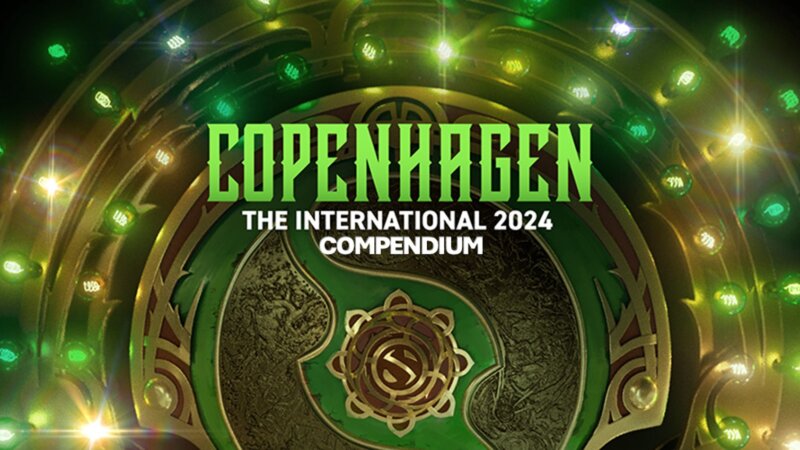It has been a while since The International 2024 (TI13) was announced, the venue set, and all competing teams have confirmed their participation. However, there is no discussion about how TI13 will be funded, with expectations that it may not reach the heights of previous years.
Without the allure of a Battle Pass filled with exclusive skins, the Compendium with Player Cards and Team Support Bundles may seem less appealing. Valve’s shift away from focusing solely on cosmetic content towards gameplay updates has been evident. This leads to speculation on whether the TI13 prize pool will reach a new low or maintain similar levels as the previous year.
Estimating the International 13 Prize Pool
The International is a premier event in the world of Dota 2, but the prize pool has been on a downward trend since peaking at $40 million during TI10.
Valve’s decision to prioritize general gameplay updates over cosmetics has sparked a change in the game’s development approach. The prize pool evolution over the years illustrates this shift:
The International 1: $1.6 million
The International 2: $1.6 million
The International 3: $2.8 million
The International 4: $10.9 million
The International 5: $18.4 million
The International 6: $20.7 million
The International 7: $24.7 million
The International 8: $25.5 million
The International 9: $34.3 million
The International 10: $40 million
The International 11: $19 million
The International 12: $3 million
The International 13: $3 million (estimated)
With the focus on gameplay updates like Crownfall 2024 and patch 7.36, it is evident that the Dota 2 community can appreciate content beyond cosmetics. Therefore, it is predicted that the TI13 prize pool will be similar to that of the previous year.
Source of the International 13 Prize Pool
Despite the absence of a Battle Pass, the TI13 prize pool will still be crowdfunded through Compendium 2024 sales.
The Compendium offers Player Cards and Team Support Bundles for fans to show support to their favorite teams at TI. However, the lack of flashy in-game cosmetics may deter customers from investing in Compendium 2024 Levels. The focus on cosmetics in Crownfall 2024’s Collector’s Cache could lead to higher sales than the Compendium.
Valve retains 75% of the Compendium 2024 sales, with the remaining 25% contributing to the prize pool. Given the expected low sales, there is a debate on whether Valve should increase the allocation towards the TI13 prize pool.
Rethinking the Model
Valve’s strategy of crowdfunding the TI prize pool raises concerns about the game’s declining player base. While the large prize pool generates excitement, it may not be sustainable in the long run.
Investing the massive prize pool in multiple DPC Tours or Majors could support the broader competitive scene and attract new players. Valve’s focus on the International to the exclusion of other Dota 2 events may hinder the game’s growth in the long term.
Comparing Dota Prize Pools
Compared to other successful esports like League of Legends, Dota 2’s emphasis on a massive prize pool for The International is unique. While it rewards top teams, it may neglect smaller communities and scenes struggling to keep up financially.
Valve’s reliance on crowdfunding for the prize pool may benefit the short term, but a broader approach to supporting various tournaments and regions could have a more significant impact in the long run.
Pros and Cons of the Prize Pool
While the large prize pool for the International creates competitiveness and interest, it also poses challenges in sustaining the game’s growth. Valve’s strategy of focusing on a few top teams with high rewards may hinder the broader esports ecosystem.
Long-Term Strategy for The International
Expanding the competitive field and supporting regional tournaments with high prize pools could attract new players and sustain the Dota 2 scene in the long term. Valve’s shift away from the DPC system towards independent tournament organizers could lead to a more diverse and sustainable esports landscape.
Supporting a wider range of tournaments and teams outside of the top tier could benefit the Dota 2 community as a whole and ensure the game’s longevity and appeal to new generations of players.


